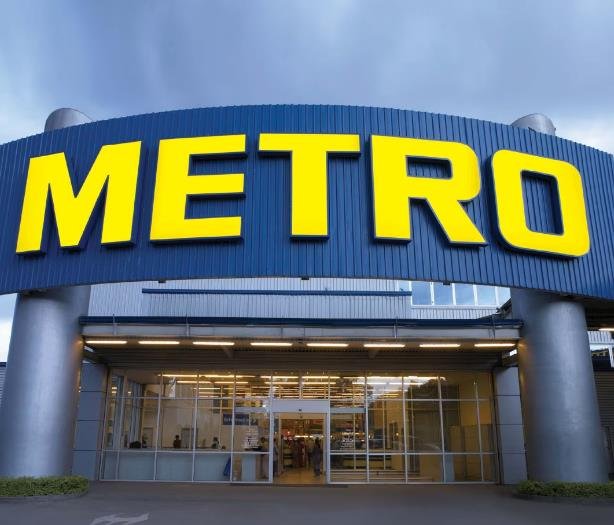Tel Aviv, the second-largest city in Israel and a global hub of innovation and culture, has been struggling with traffic congestion and high living costs for decades. The city’s public transportation system, which relies mainly on buses, is inadequate to meet the growing demand of its residents and visitors. The lack of a metro network has been a major obstacle to the city’s development and sustainability.
But after more than 20 years of planning, construction, and delays, Tel Aviv is finally getting its first metro line: the red line. The 23-kilometer underground line, which will connect the city center with the eastern and southern suburbs, is expected to open in late 2023 or early 2024. The red line will have 34 stations, 10 of which will be underground, and will carry an estimated 70 million passengers per year.

The Benefits of the Red Line
The red line is expected to bring significant benefits to Tel Aviv and its metropolitan area, which is home to more than 3.8 million people. Some of the main advantages are:
- Reducing traffic congestion and pollution: According to a study by INRIX, a transportation analytics company, Tel Aviv ranked as the fifth most congested city in the world in 2020, with drivers spending an average of 148 hours in traffic per year. The red line will offer a fast and reliable alternative to private cars, reducing the number of vehicles on the roads and the emissions they produce. The red line will also be powered by electricity from renewable sources, making it a green and clean mode of transportation.
- Improving accessibility and mobility: The red line will connect some of the most populated and diverse areas of Tel Aviv, including the central business district, the historic Jaffa district, the Ramat Gan diamond exchange, and the Holon industrial zone. The line will also link with other existing and planned public transportation systems, such as the light rail, the commuter rail, and the bus rapid transit. The red line will enable people to travel faster and easier within and between cities, enhancing their quality of life and economic opportunities.
- Boosting urban development and regeneration: The red line will stimulate urban development and regeneration along its route, creating new residential, commercial, and cultural spaces. The metro stations will serve as hubs for mixed-use projects that will integrate public services, retail outlets, offices, and housing. The metro project will also create thousands of jobs during and after its construction, contributing to the local economy.
The Challenges of the Red Line
The red line is not without its challenges, however. The project has faced numerous difficulties and controversies since its inception in the late 1990s. Some of the main issues are:
- The high cost and long duration: The red line is one of the most expensive and complex infrastructure projects in Israel’s history. The estimated cost of the project is about $7 billion (NIS 23 billion), which is more than double the original budget. The project has also taken much longer than expected to complete. The initial plan was to finish the line by 2007, but due to various technical, legal, and political obstacles, the deadline has been pushed back several times. The Covid-19 pandemic has also caused delays in the construction work.
- The impact on residents and businesses: The construction of the red line has caused significant disruption and inconvenience to residents and businesses along its route. Many streets have been closed or narrowed, causing traffic jams and noise pollution. Some buildings have been demolished or damaged by the tunneling work, forcing people to relocate or seek compensation. Some businesses have suffered losses or closures due to reduced access or visibility. The metro authorities have tried to mitigate these impacts by providing information, assistance, and compensation to affected parties, but some complaints and lawsuits are still pending.
- The security risks: The red line poses potential security risks due to its location in a volatile region. Tel Aviv has been a target of rocket attacks from Gaza and other neighboring areas in recent years. The metro system could be vulnerable to sabotage or terrorism from hostile groups or individuals. The metro authorities have taken measures to ensure the safety and security of the system, such as installing surveillance cameras, metal detectors, and emergency exits. They have also coordinated with the police and the military to prevent and respond to any threats.
The Future of Tel Aviv’s Metro
The red line is only the first phase of Tel Aviv’s metro project. The city plans to build two more lines: the green line and the purple line. The green line will run parallel to the red line on a north-south axis, connecting Tel Aviv with Herzliya in the north and Rishon LeZion in the south. The purple line will run on an east-west axis, connecting Tel Aviv with Petah Tikva in the east and Bat Yam in the west.
The three lines will form a comprehensive metro network that will cover most of the metropolitan area and serve more than 2 million passengers per day. The metro project is expected to transform Tel Aviv into a more modern, livable, and sustainable city, and to set an example for other cities in Israel and the region.
